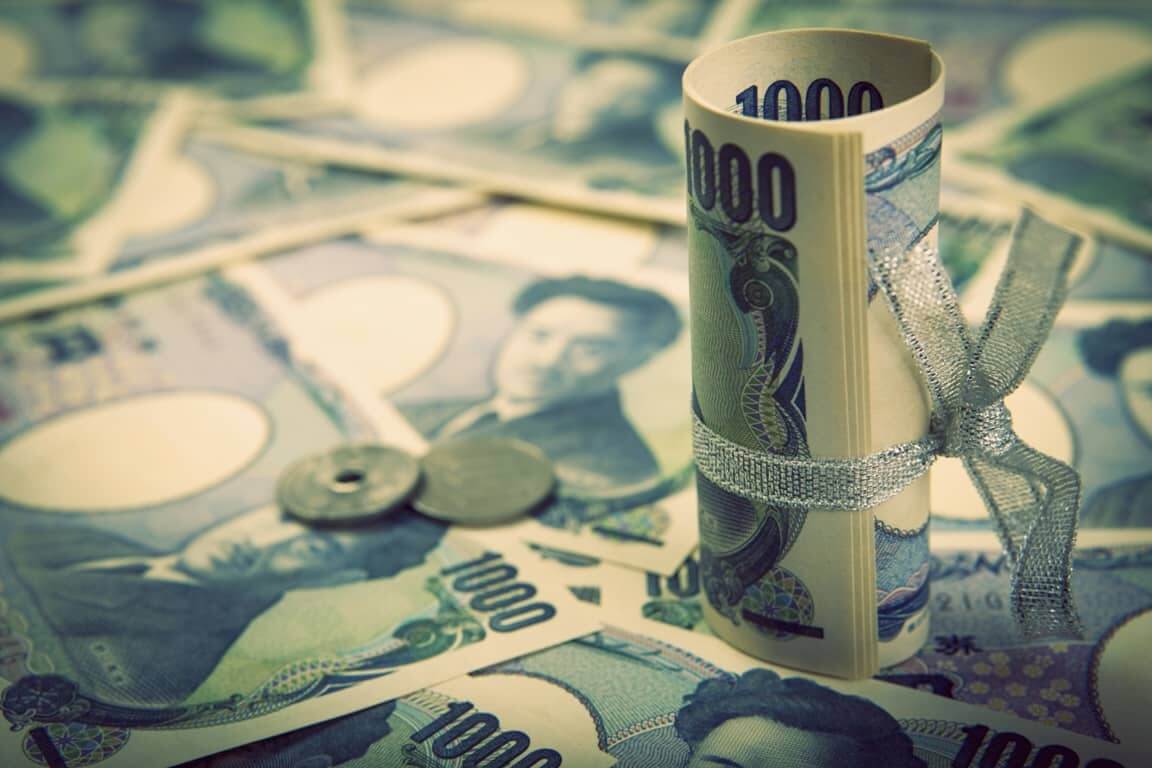Japanese Yen fell on Friday. What about the U.S. Dollar?

Japanese Yen fell on Friday. What about the U.S. Dollar?
The Japanese yen tumbled down on Friday. It shaved off 0.9% against the U.S. dollar, trading at 147.64at last. The Bank of Japan maintained its dovish stance, leaving its -0.1% target for short-term interest rates unchanged. Moreover, the central bank promised to bring the 10-year bond yield to around 0%.
BOJ Governor Haruhiko Kuroda stated that they don’t plan to hike interest rates or change its easy policy any time soon. If the country were nearing 2% inflation, the BOJ would consider another strategy, but that’s not happening yet.
Alvin Tan, the head of Asia FX strategy at RBC Capital Markets, also noted that Kuroda remains ambivalent about the Japanese yen’s weakness. He’s not going to change the course anytime soon.
Meanwhile, the greenback tried to recover the losses from the previous sessions. The currency suffered due to expectations that the U.S. Federal Reserve would slow its aggressive rate hiking. However, it managed to rebound today, exchanging hands higher against both the Euro and the Sterling.
The common currency plummeted by 0.2% to $0.9947 versus the dollar on Friday, with traders preferring to avoid riskier options. The British Pound also dropped by 0.24% to $1.1536. The Euro had plunged by almost 1% the day before when the European Central Bank increased rates by 75 basis points, giving the forex markets a dovish message.
Simon Harvey, the head of FX analysis at Monex Europe, noted that the U.S. released lots of data today, and traders are still digesting it. Besides, some weak tech earnings data is souring the risk sentiment. Analysts are now waiting for the U.S. consumer consumption and labor cost data which is due on Friday.
How is the greenback trading now?
The dollar index surged forward by 0.4% against the basket of six major currencies on Friday. The greenback also strengthened versus the Australian dollar and the Swiss franc. Moreover, the Norwegian and Swedish crowns plummeted against the dollar.
Despite its decline, the Euro was set for its second consecutive weekly rise on the USD, thanks to its earlier gains. The sterling also experienced its longest winning streak since February.
Meanwhile, emerging Asian currency and stock markets remained mixed today. Traders are waiting for next week’s Federal Reserve meeting to gauge whether the agency is willing to slow its pace of interest rate increases.
Shares in South Korea, Taiwan, Indonesia, and Malaysia tumbled between 0.2% and 1.1%. The Nasdaq Composite and the S&P 500 Indexes also ended in the red overnight. In the United States, major technology companies showed weak earnings, hinting at an economic downfall.
Furthermore, Asian currencies fluctuated between gains and losses ahead of the Federal Reserve’s meeting. Most analysts think that the agency will announce a 75 basis-point rate hike at the end of its November 1-2 policy meeting. However, CME’s FedWatch tool showed that there is a 55% chance of a smaller, 50 basis-point increase in December.
Analysts from NAB Markets Research stated that while the currency market is on alert for signs of a policy pivot toward scaled-back rate hikes from the Fed, they expect Fed Chair Jerome Powell to reiterate his statement that the agency will continue to tighten rates until the soaring inflation goes down.
What is the ECB’s stance?
The European Central Bank surprised the markets recently with its dovish tone, indicting that global central banks are trying to temper their tightening. Rate-hikes have a negative effect on consumer spending, and too much too fast can hinder economic growth.
Traders are also looking out for September’s U.S. Personal Consumption Expenditure index. The latter is due today and will enable the market participants to gauge how the Federal Reserve will react in the face of skyrocketing inflation.
Meanwhile, the Chinese yuan plummeted by 0.2% on Friday. Asia’s largest economy issued new Covid-19 restrictions in major cities to hinder the spread of the virus. As a result, its stocks dropped by more than 2%. Chinese assets have also suffered from a massive sell-off throughout the week as investors feared that under President Xi Jinping’s new leadership team, the country would sacrifice growth for ideology-driven policies.
On Friday, the Indian rupee, the Indonesian rupiah, and the Philippine peso jumped between 0.1% and 0.5%. At the same time, the South Korean won and the Malaysian ringgit shaved off 0.3% and 0.2%, respectively. However, the Thai baht soared by 0.2%.
The post Japanese Yen fell on Friday. What about the U.S. Dollar? appeared first on FinanceBrokerage.
0 Response to "Japanese Yen fell on Friday. What about the U.S. Dollar?"
Post a Comment